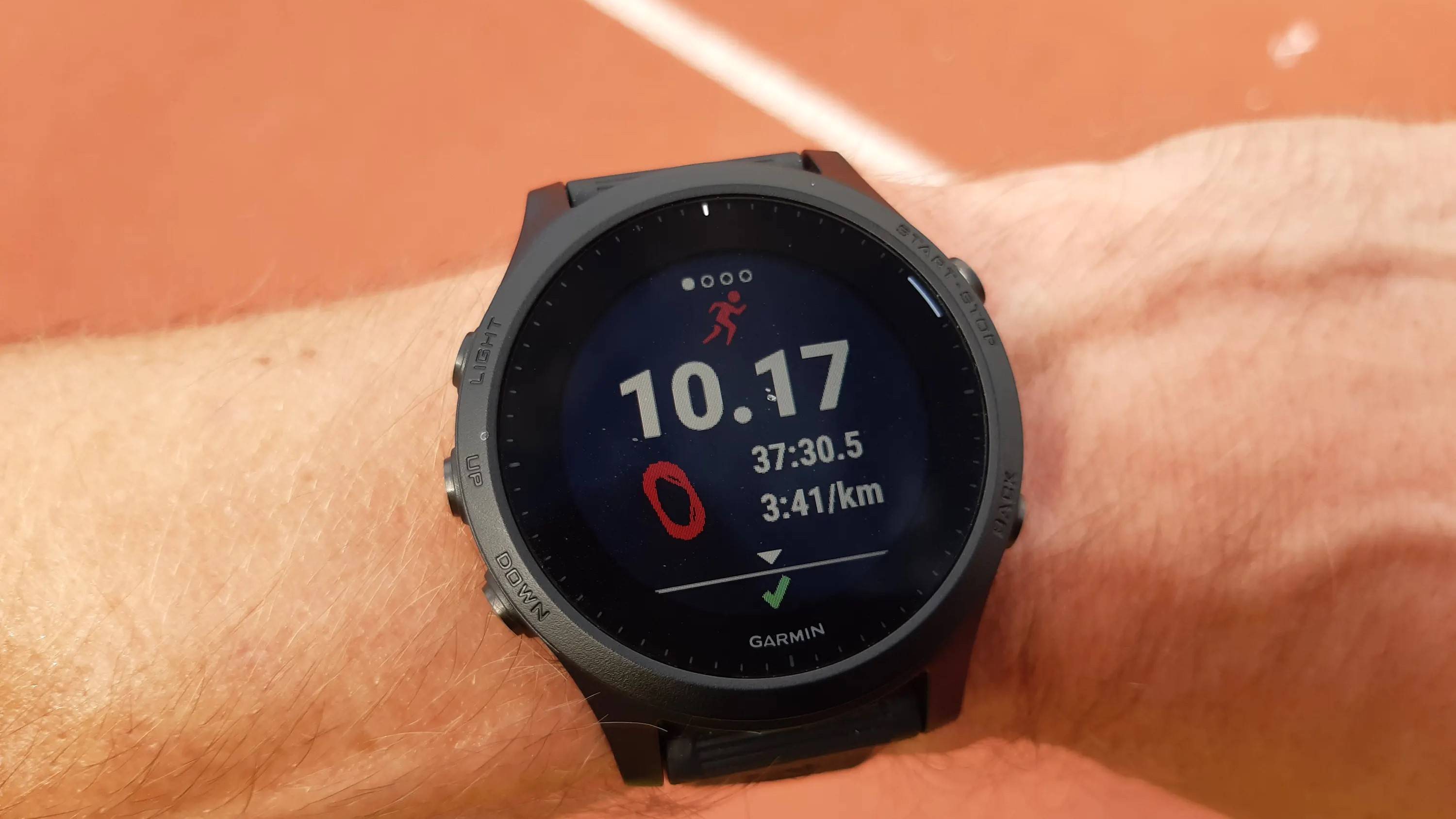In the first blog I deal with the analysis of the initial situation and the objectives. Let's start with the goal first:
Run 42.195 km in less than 2:40 hours. If I convert these 160 minutes into the pace to be run, I end up with a maximum target pace of 3:47 min/km for each of these 42 kilometers.
For the marathon this would mean the following times:
1 km - 3:47 mins
5 km - 18:55 min
10 km - 37:50 mins
20km - 1h15h40
21.1 km - 1:19:49 h
30km - 1h53h30
42.195 km - 2:39:38 h
That's a house number! Is this realistic? I think so!
A small side note: Patrick Lange ran the marathon in 2:39:45 in his Hawaii victory in 2018 - but after swimming 3.8 km, cycling 180 km and extreme climatic conditions. Brutally! Greatest respect!
But: I would be faster than the world champion ;-)
As already described, in the past few weeks I had done my running units more on the basis of gut feeling and placed greater value on developing speed than on volume. True to the training wisdom: "If you can't run fast over short distances, you won't be able to run long distances fast either" (the "phrase pig" is hereby opened). Therefore, a 3:47 pace is not a mental hurdle for me at first, but a A pace that I was already able to run well over shorter sections in the previous running units and even undercut significantly.
Position determination: 10 km test
But how long can I keep this up? Where am I right now? What are the training priorities for the next few weeks? In order to get answers to these questions, a performance test was the first thing to do: a 10 km test on the track .
Out of training, with no great rest periods beforehand, short and painless. Well - we'll cancel the "painless" again... After a short warm-up and run-ABC warm-up, we started: 25 laps of 400m each. The watch tracked via GPS, but in the end it wasn't accurate, but showed a bit too much - 10.17 km instead of the exact 10 km. This also distorts the average shown a bit.
Result: 37:30 min gives an average of 3:45 min/km
OK. I can live with that for now. BUT: That was 10 kilometers in top conditions and I was close to exhaustion. That means my marathon target pace is pretty much the same as my current threshold pace of 3:45 min/km. So this 10 four times in a row - no chance at the moment! But that is exactly where the core lies for the next few weeks:
The marathon pace must not be a threshold pace, but must be in the lower intensity range!
This means for the training:
1. Increase in volume and improvement in basic endurance
2. Improvement of base speed and threshold speed
1. Circumferences and basic endurance
It is clear that you cannot win a flower pot with 30-40 km/week. This means that the scope is increased in the first step. With this increase, an important training principle is in the foreground: FREQUENCY BEFORE DURATION . It's no use just throwing long runs into your training plan - tendons, ligaments or joints are usually the weakest link. Overload symptoms (knee pain, periosteum inflammation or tendon irritation) would be inevitable, I really want to avoid that. So: instead of three running units per week, there is now a fourth, then a fifth. I'm slowly approaching the longer runs now. Everything that is over 20 km, I miss so far completely. But that has to be a veeeery important part of marathon training, since these long basic units are extremely important for fat metabolism. I will make another contribution to this topic, since the energy metabolism is one of the performance-limiting factors in a marathon. Brutally important!
Started a bit optimistic: on the second 5 km I had to slow down significantly. The speed hardness over longer distances is still missing.
2. Base Speed and Threshold Pace
The pace at the anaerobic threshold cannot be maintained physiologically over the marathon distance. So that means I need to improve my threshold pace so that my marathon pace goal is slightly below that intensity range. Consequence for the training: Running units with a focus on development - progressive endurance runs, speed changes, extensive and intensive intervals will make the training entertaining, but also demanding. Except for the long endurance runs (see above), I will hardly do any running unit exclusively in a constant speed/intensity range. The training stimuli for each unit must be targeted, no time for "empty kilometers". Here we go, I'm looking forward to it. The next 10 km test is coming soon...




















1 comment
JCB
Super spannend!